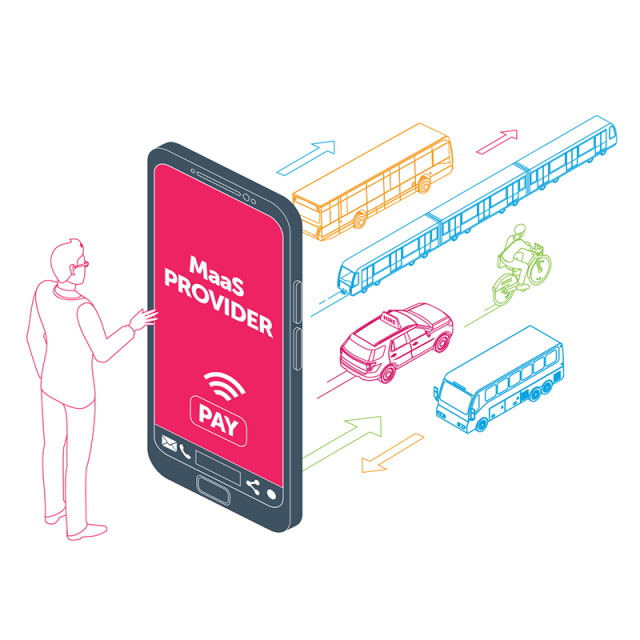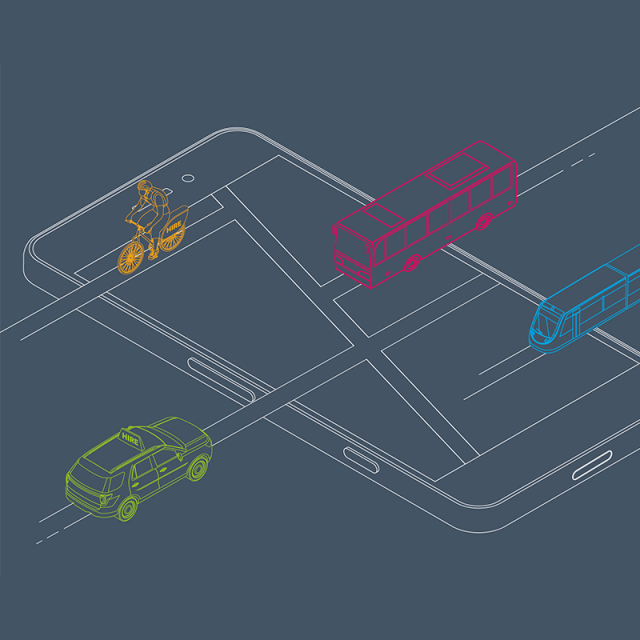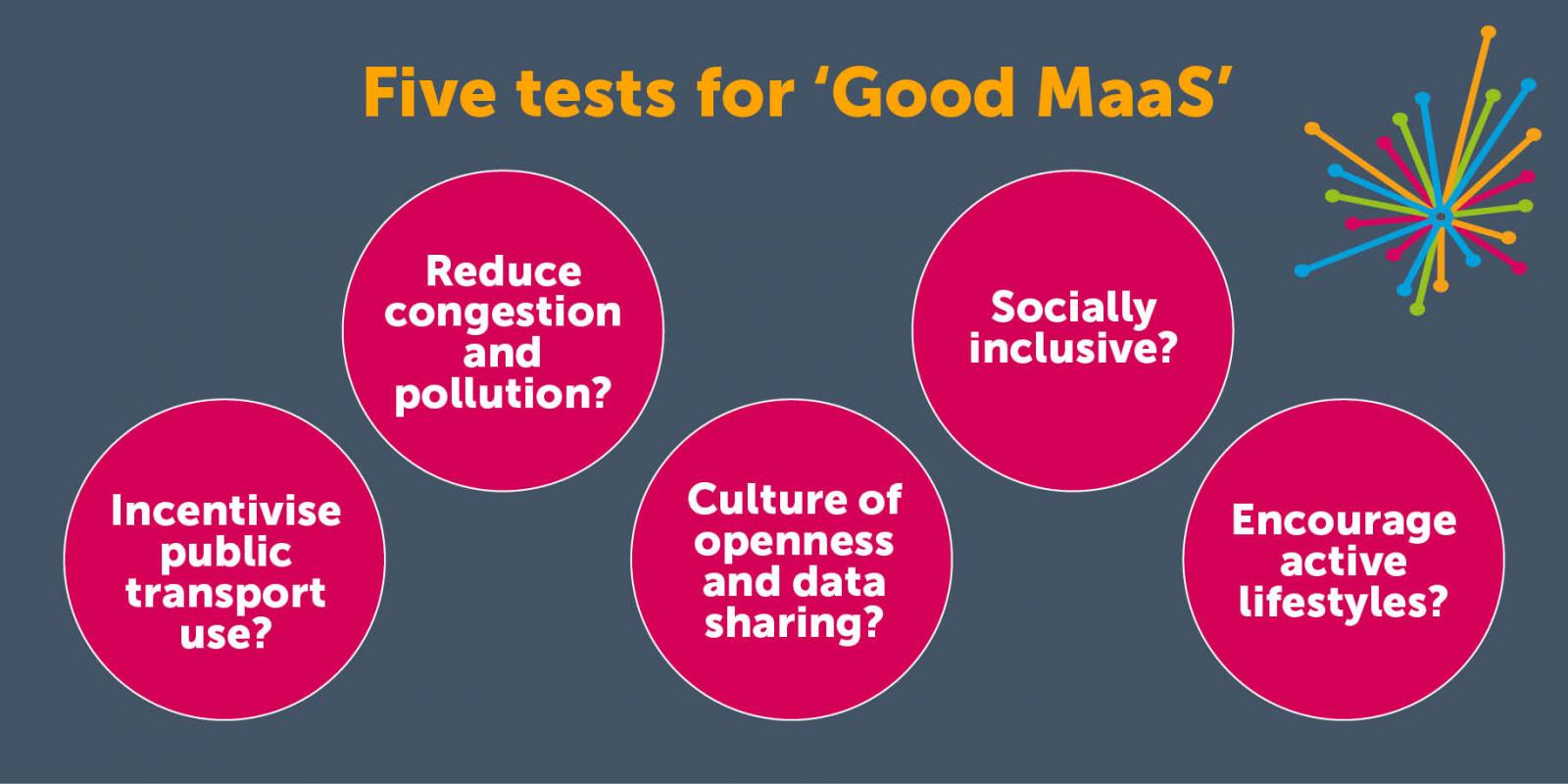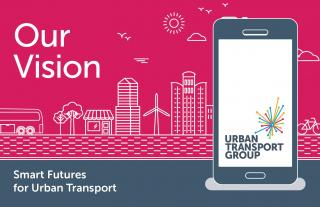MaaS movement?
This report seeks to provide a framework for transport authorities to think about the role they might play in Mobility-as-a-Service (MaaS).
MaaS movement? Issues and options on Mobility as a Service for city region transport authorities
This report examines the concept of Mobility as a Service (MaaS) - schemes which provide access to information on, and payment for, transport options via a single digital platform.
It identifies the three key factors that will determine the future of MaaS and also sets out the issues and options for city regions on the role they might play in shaping MaaS in their areas.
These are:
- the economic models which underpin MaaS schemes will determine how impartial, stable, extensive, competitively priced and popular MaaS schemes are;
- the extent to which issues around the ownership, sharing, resourcing of data are resolved will determine how comprehensive MaaS schemes are; and
- the extent to which wider environmental, social and public health goals are built into MaaS schemes will determine whether they will contribute to making cities the less congested, more inclusive, greener and healthier places they want to be.
MaaS services are those which provide access to information on, and payment for, different options for making journeys.


MaaS was initially characterised as a subscription based service, but now incorporates services which provide information across modes and the ability to pay for single trips on a pay as you go basis.
The report puts forward ‘five tests for good MaaS’ to help transport authorities ensure that any MaaS offer delivers on urban public policy goals...

The report also sets out the issues and options for city regions on the role they might play in shaping MaaS in their areas.
These choices include:
- where the public sector is either the MaaS operator or a pro-active participant in MaaS. This model could allow transport authorities to ensure that MaaS is delivering a compelling consumer offer which also delivers a range of wider public policy goals, such as public health, air quality, congestion and social inclusion. However, there are commercial risks and liabilities around the costs of developing, managing and administering a MaaS offer.
- where the public sector takes a stepped approach to MaaS, starting with existing resources such as journey planning, smart ticketing and real-time information to then build a platform that would allow for different approaches, either public sector led or providing the basis for app developers and private sector third parties to integrate new transport modes or new ticketing products. However, this risks uncertain and fragmented outcomes which may not meet wider public policy goals or meet customer needs.
- where the public sector takes no involvement in MaaS.
MaaS could be a system that steers people towards use of cars or away from them. It could make travelling easier for all, no matter their income, disability or location or it could make mobility easier for tech-savvy, city centre dwellers and harder for those who are already excluded and marginalised. It could be a great concept that takes off at scale or one that people don’t need or want in practice.
Further reading
Consultation response
Mobility as a Service Code of Practice
Report
Our vision for Smart Futures
In our vision for smart futures for urban transport we set out the implications of rapid transformative technological change for urban transport, the key principles we have adopted in response and the actions we will take to maximise the benefits and minimise the downsides for both individual travellers and for the future of our cities.


